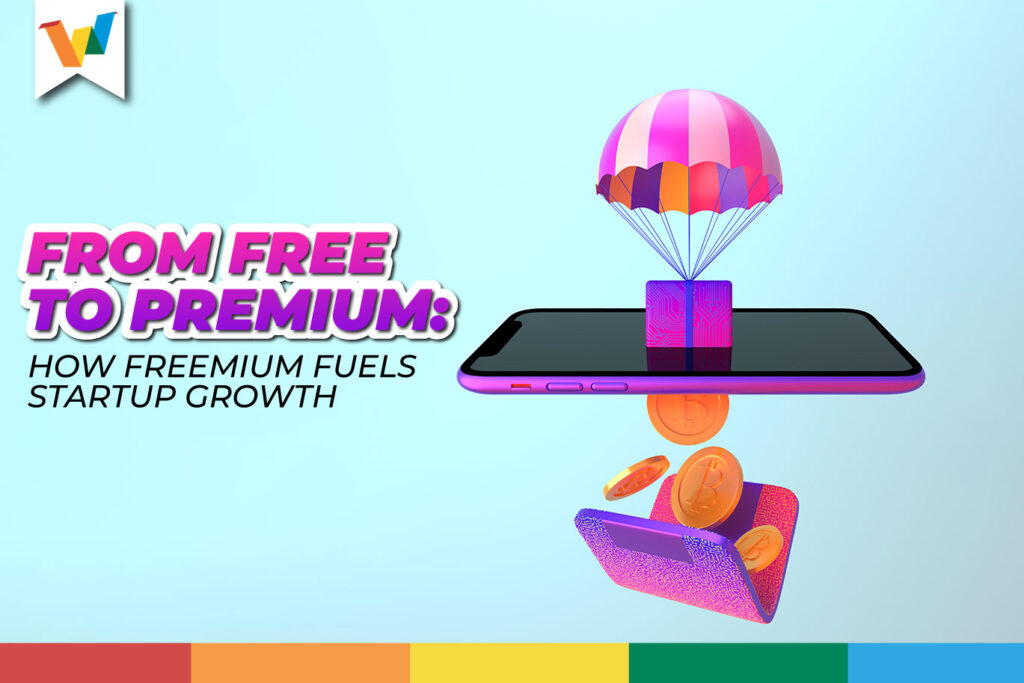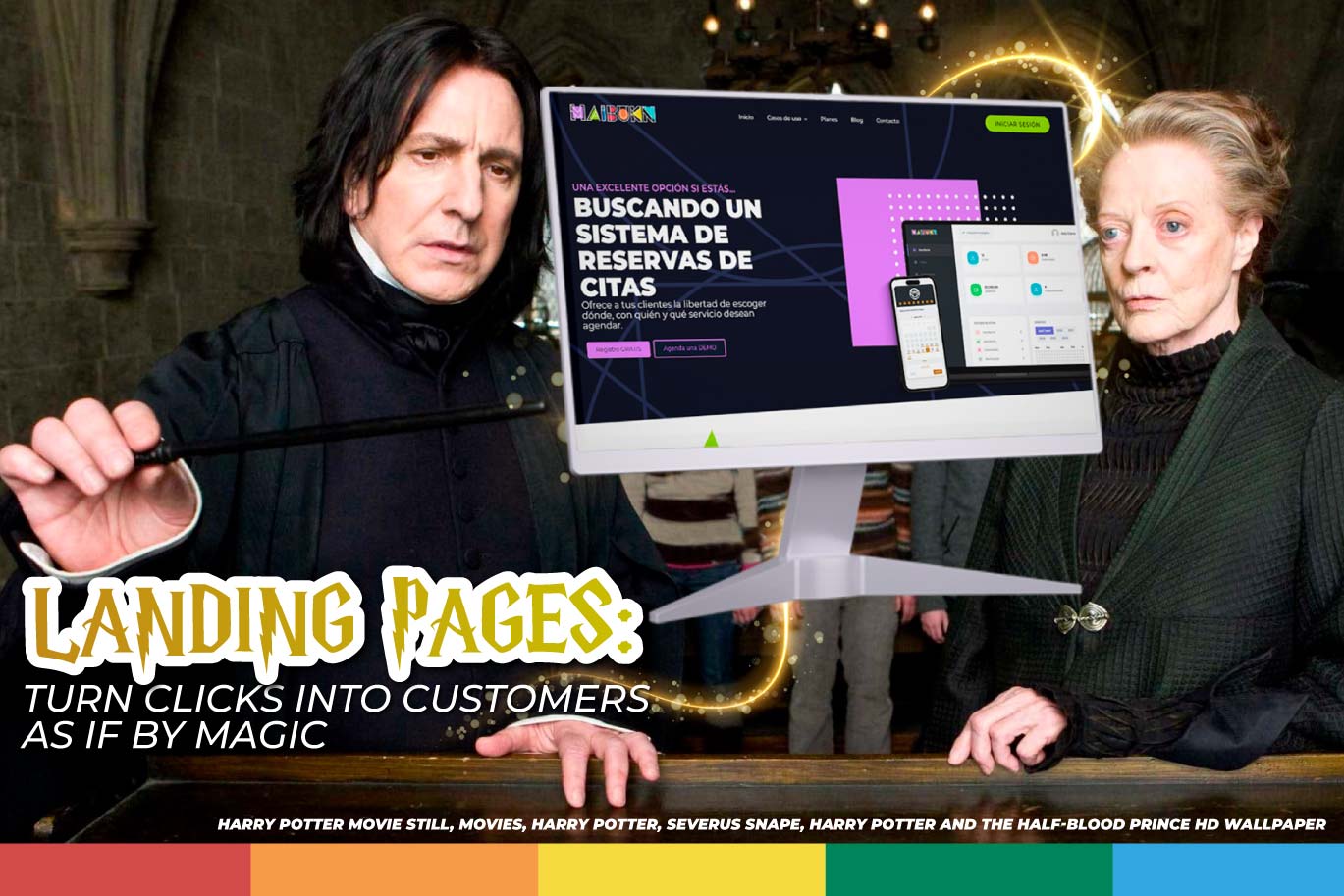We all know how it works: you get to try out the basic version of a software, game, or service for free, and if you want some extra features, you can upgrade to a premium package. It’s like getting a free sample of the ice cream before deciding if you want to go all-in.
Unraveling the Freemium Model
Imagine you are scrolling on social media, you stumble upon a cool app, and guess what? The basic version is absolutely free! You get to explore the core features and see if it’s your cup of tea. But wait, if you want that extra sparkle, you can opt for the premium version, where the real magic happens.
But why does it work?
Using a freemium model is like gathering a fan club: You offer a sample of honey and your potential clients gather around them like bees. Offering free access to essential features helps startups build a massive user base and creates a buzz around their product.
Also, with the freemium approach, startups can showcase their premium features and entice users to indulge in the full experience. When the candy store offers samples of their finest chocolates that usually come in a whole box, wouldn’t you feel tempted to buoy them.
The most remarkable benefit from freemium models is standing out from the crowd. By providing a mix of free and premium features, startups can stand tall among their competitors. And if these cool features catch the eye of the public, your product can get promoted on social media without even making an effort.
Be sure to pair these benefits with a good market study and you’re ready to go!
Examples of Successful Freemium Models
Evernote: The free version lets you create and organize notes across different devices. But the premium version unlocks offline access, more storage, and even collaboration tools. It’s like going from a trusty notepad to a full-fledged personal assistant!
Dropbox: A classical cloud storage service that keeps all your files safe and sound. Dropbox offers a limited amount of free storage space. And if you find yourself craving more space (we all do), you can upgrade to a larger storage capacity. Almost like expanding the inventory space in a video game!
But hold up, there are a few things to keep in mind if you want to engage in the freemium model.
First, you should focus on making the free version worth it. Startups need to make sure that the free version offers enough value to captivate users and make them crave more.
Second, pricing and premium features need to be thoughtfully designed to maximize revenue. Understanding what users are willing to pay for and creating irresistible upgrades is the key. Make them be like Fry and say “Take my money!”
And third, retaining freemium users requires ongoing engagement and stellar customer support. Providing a top service for your clients and customers will create a loyal relationship between them and your product.
The freemium business model is like a treasure chest of possibilities for startups. Successful examples like Evernote and Dropbox show us how freemium can be a game-changer. They give us the basic features for free, but then unlock a whole new world of convenience and productivity with their premium offerings.
So, whether you’re a startup enthusiast or a curious user, keep an eye out for the freemium model. It’s a delightful blend of free and premium.







